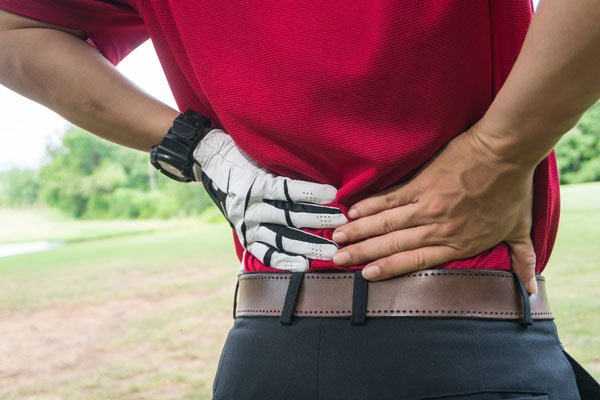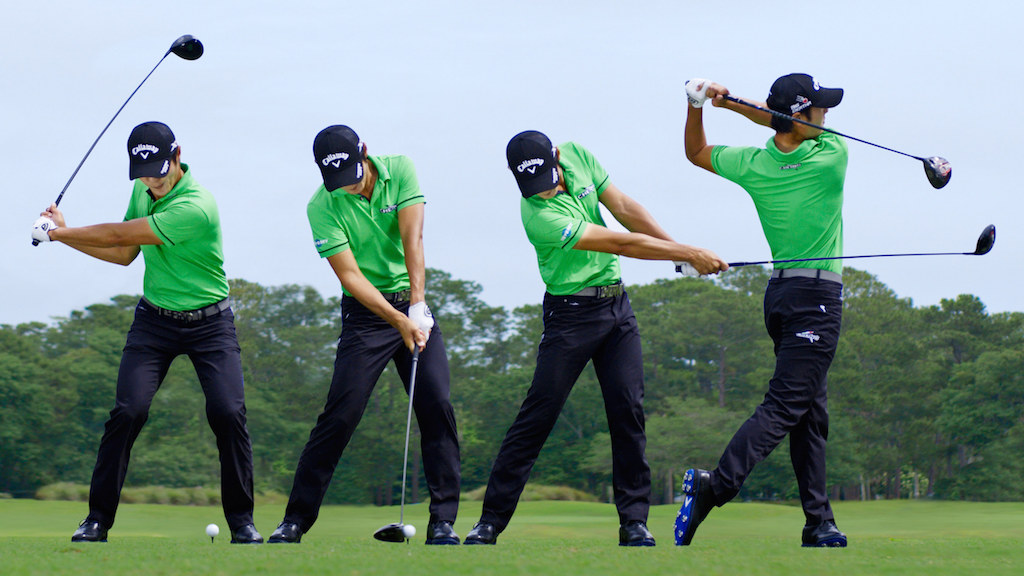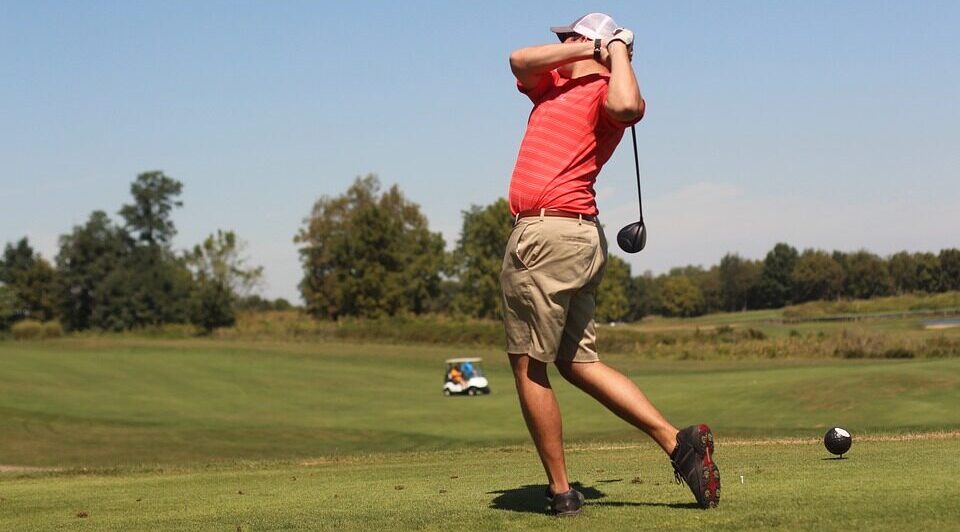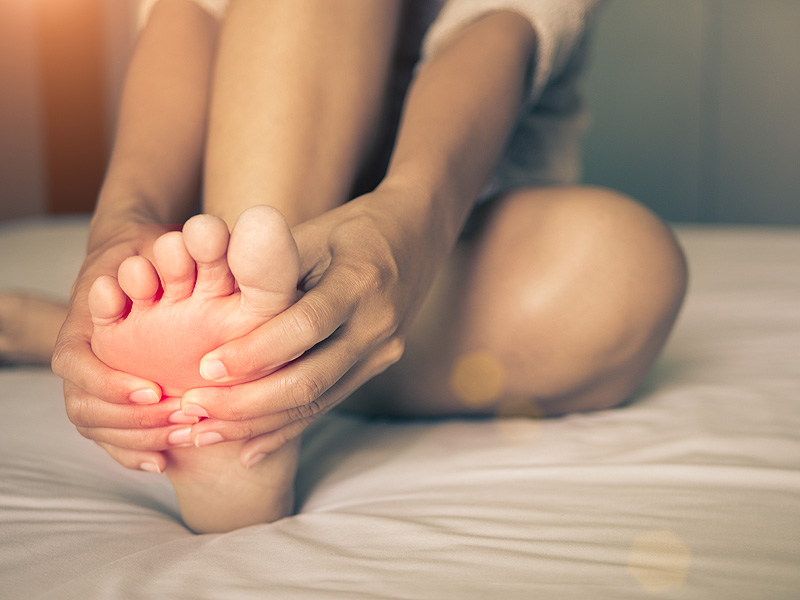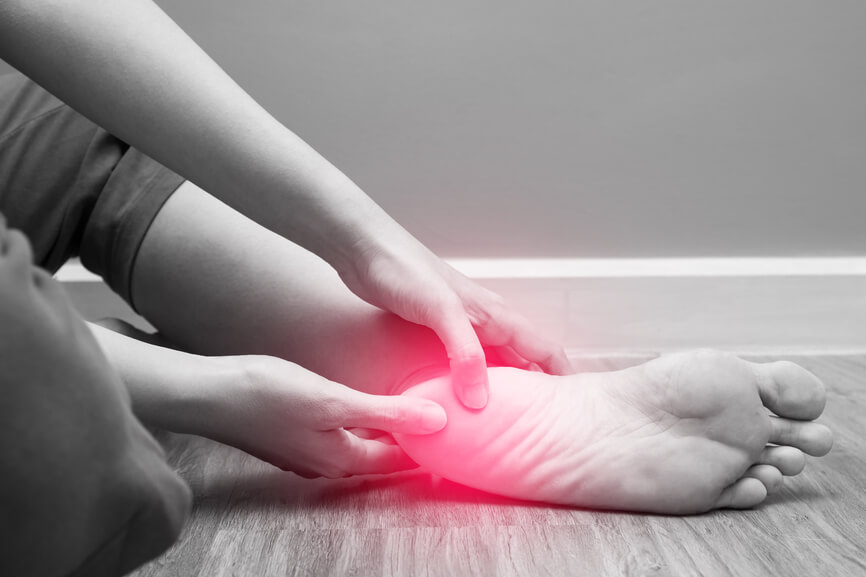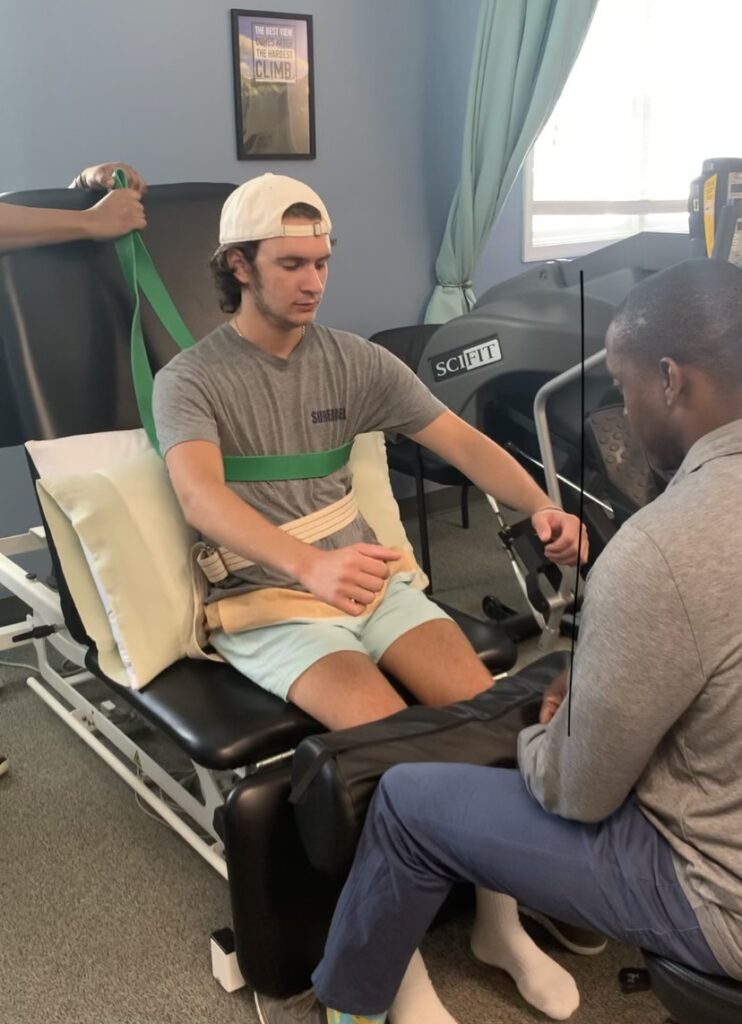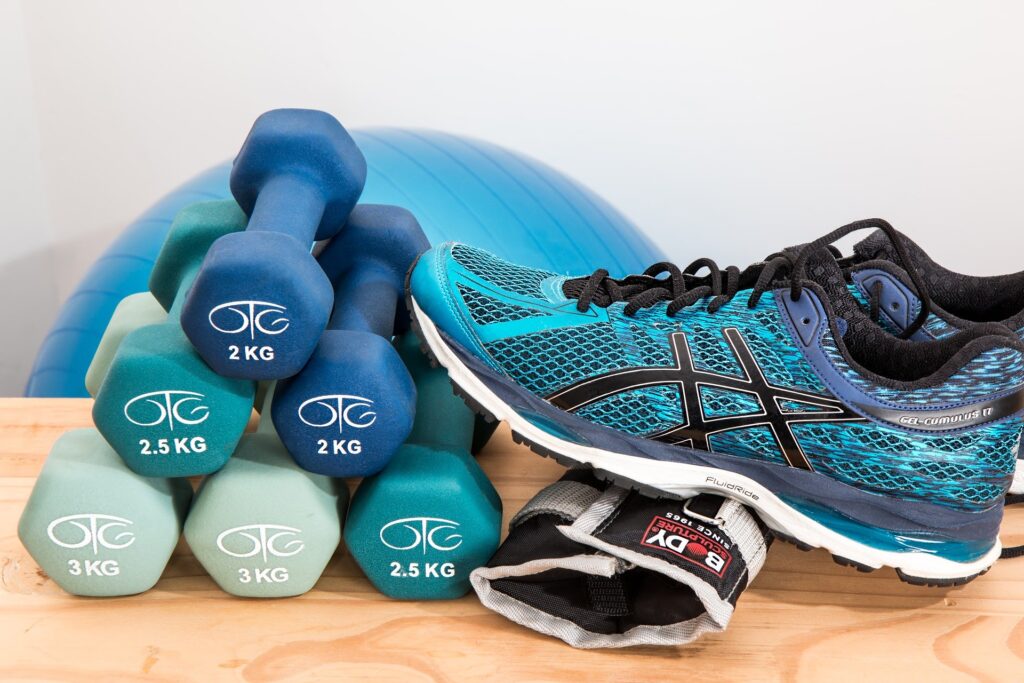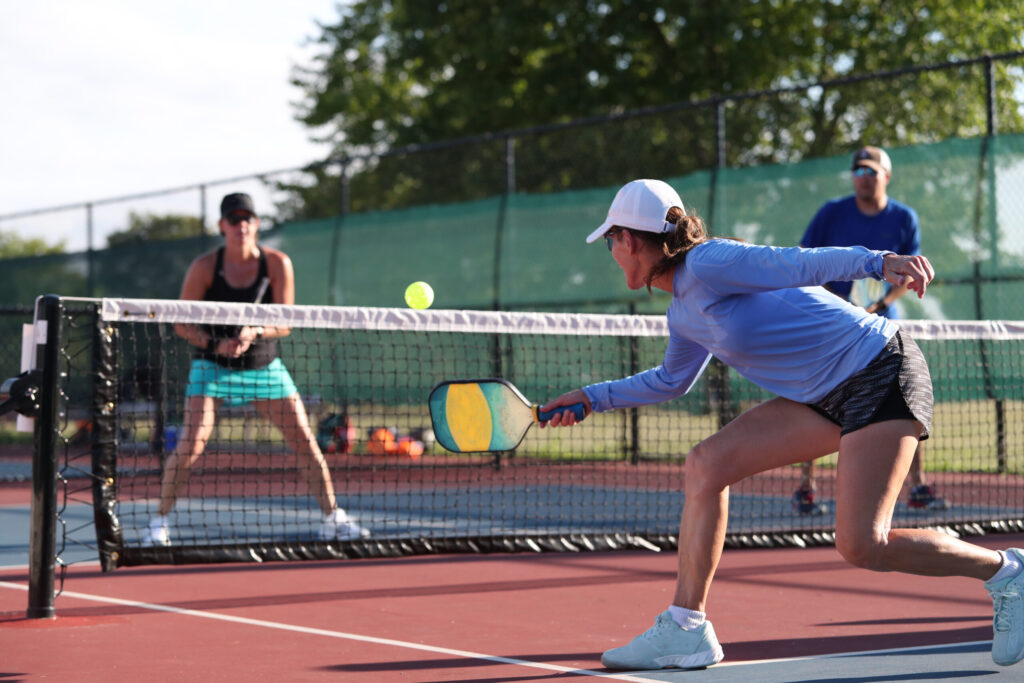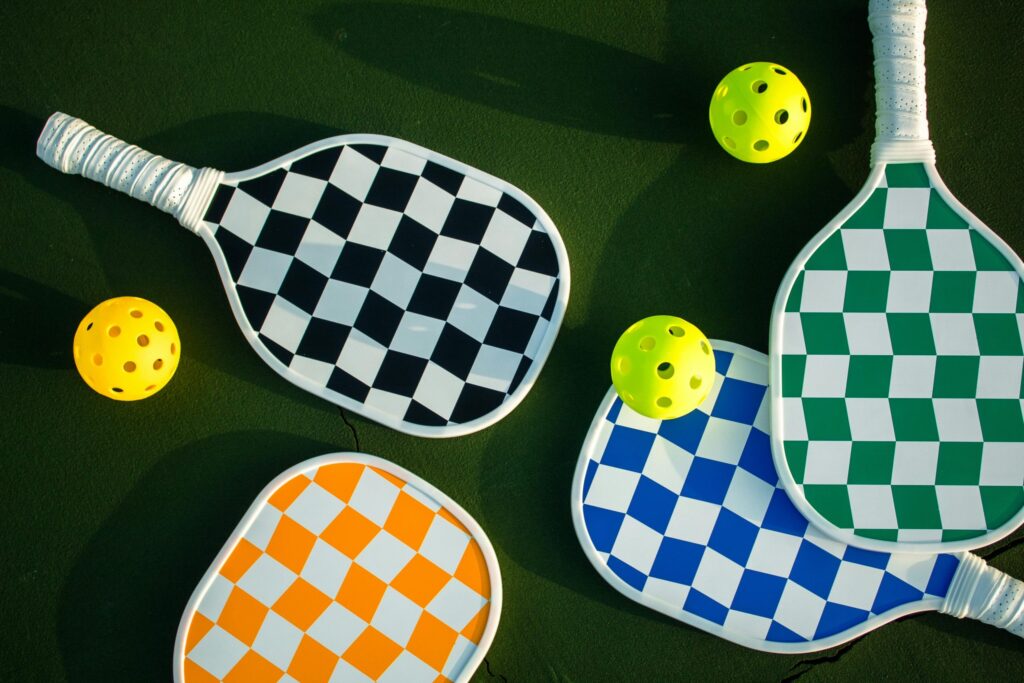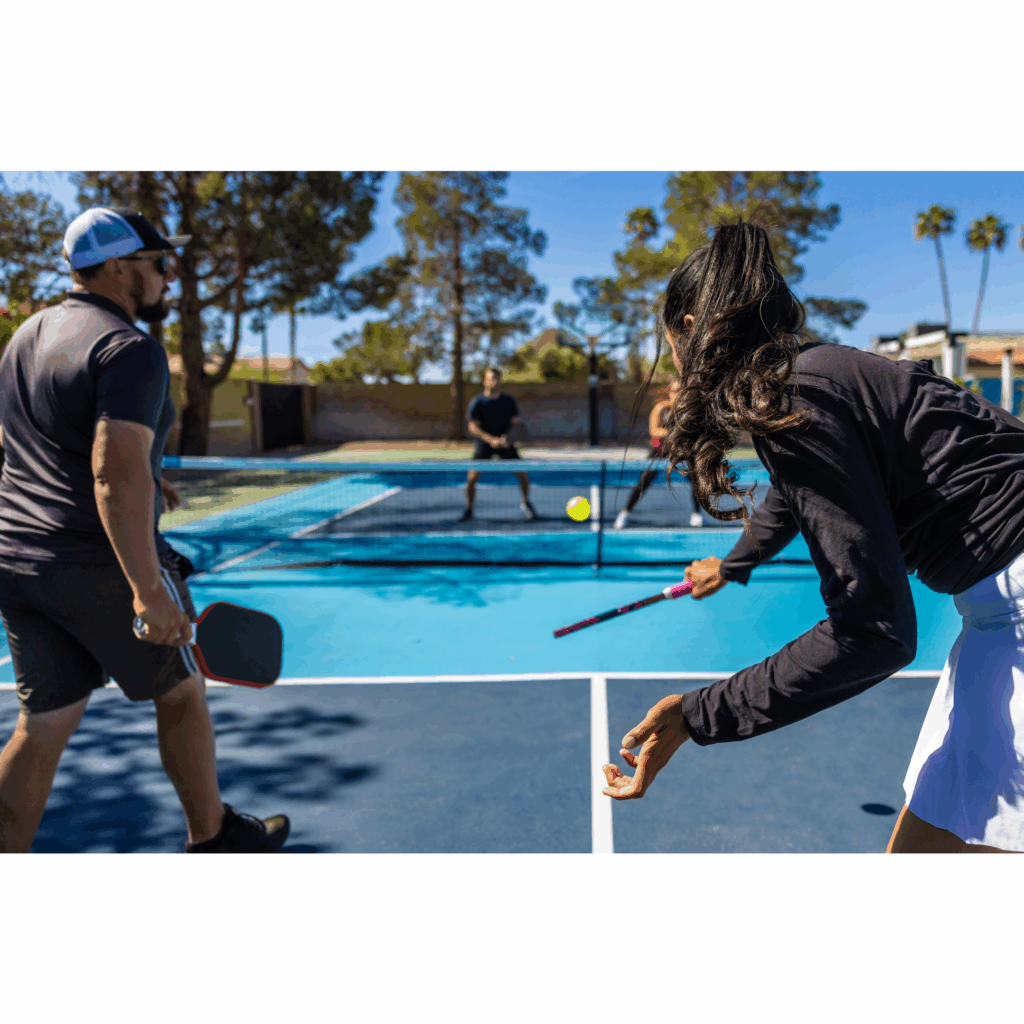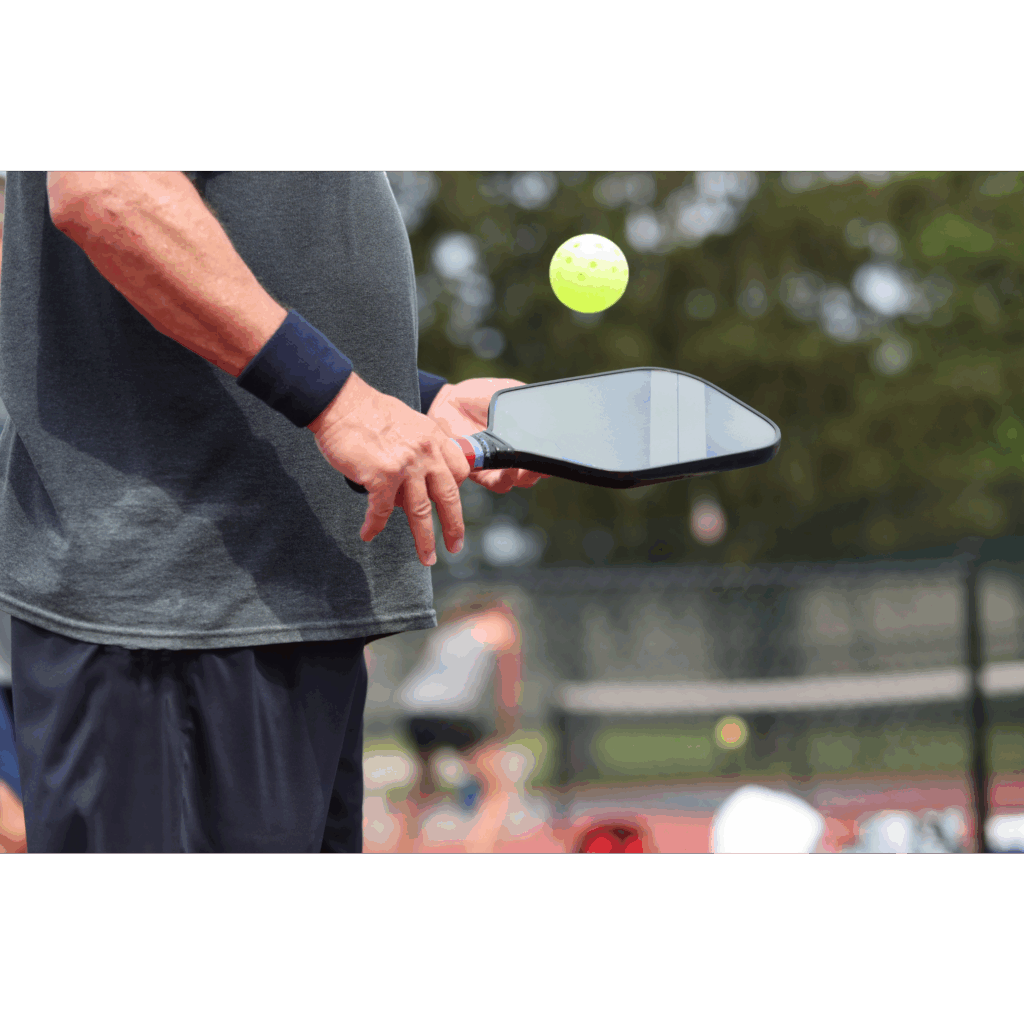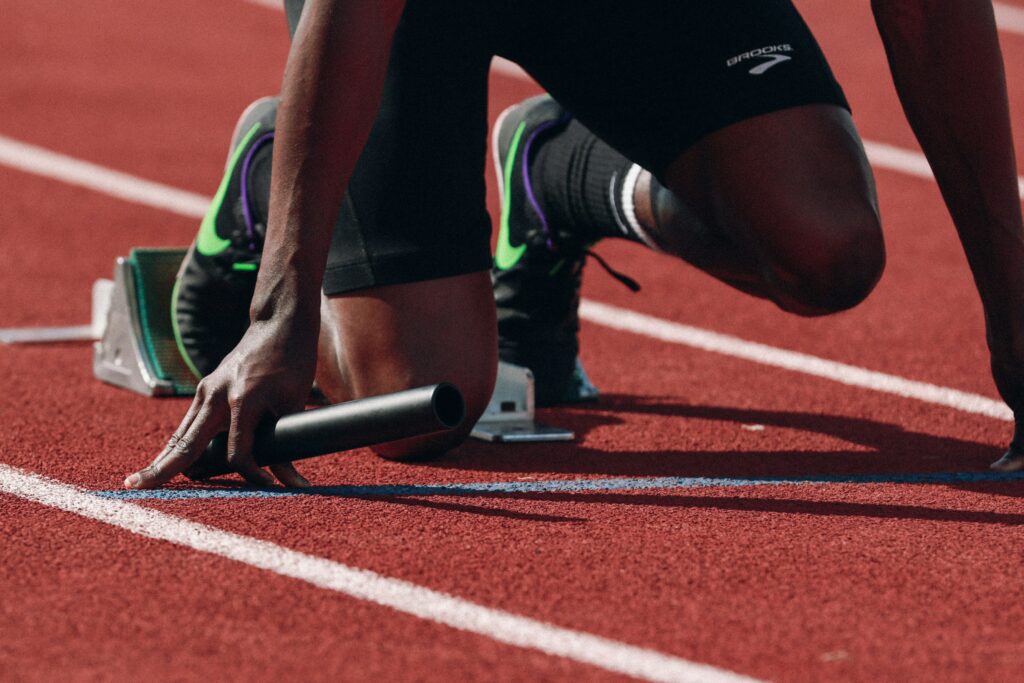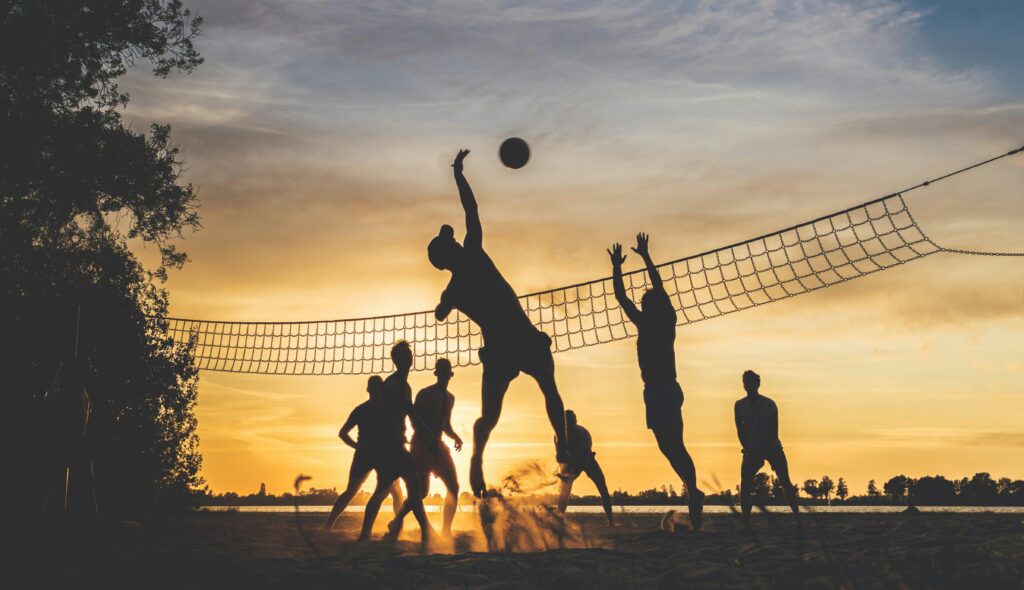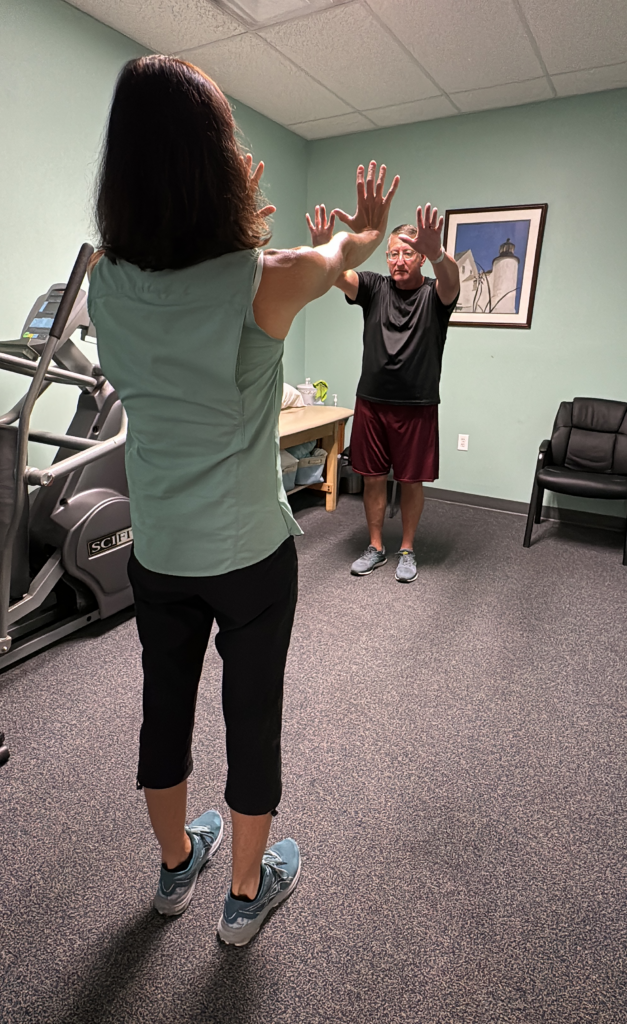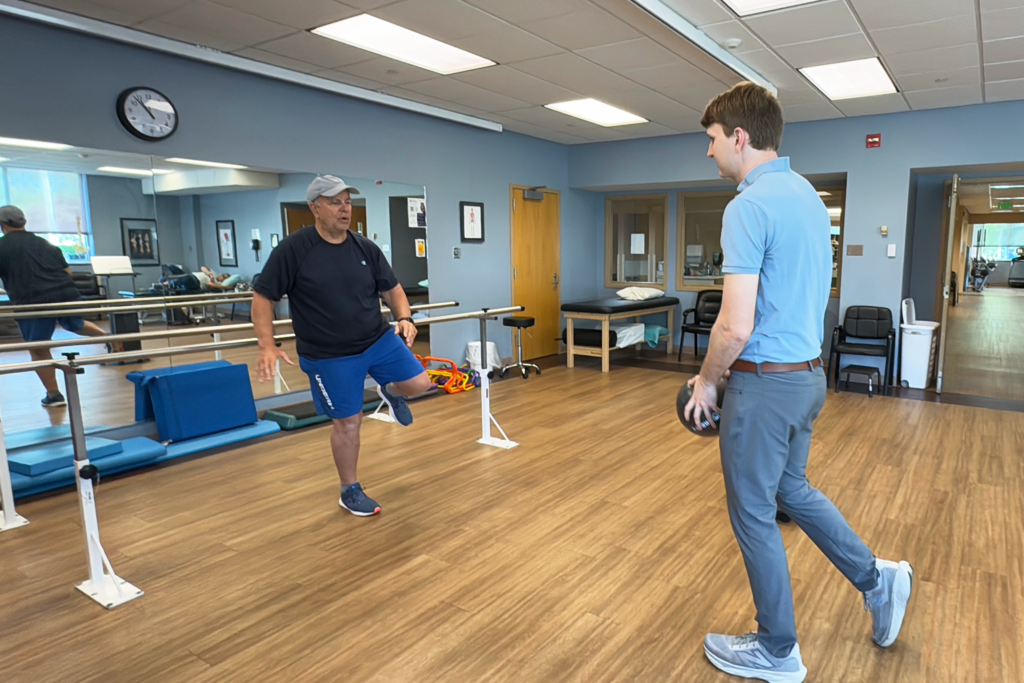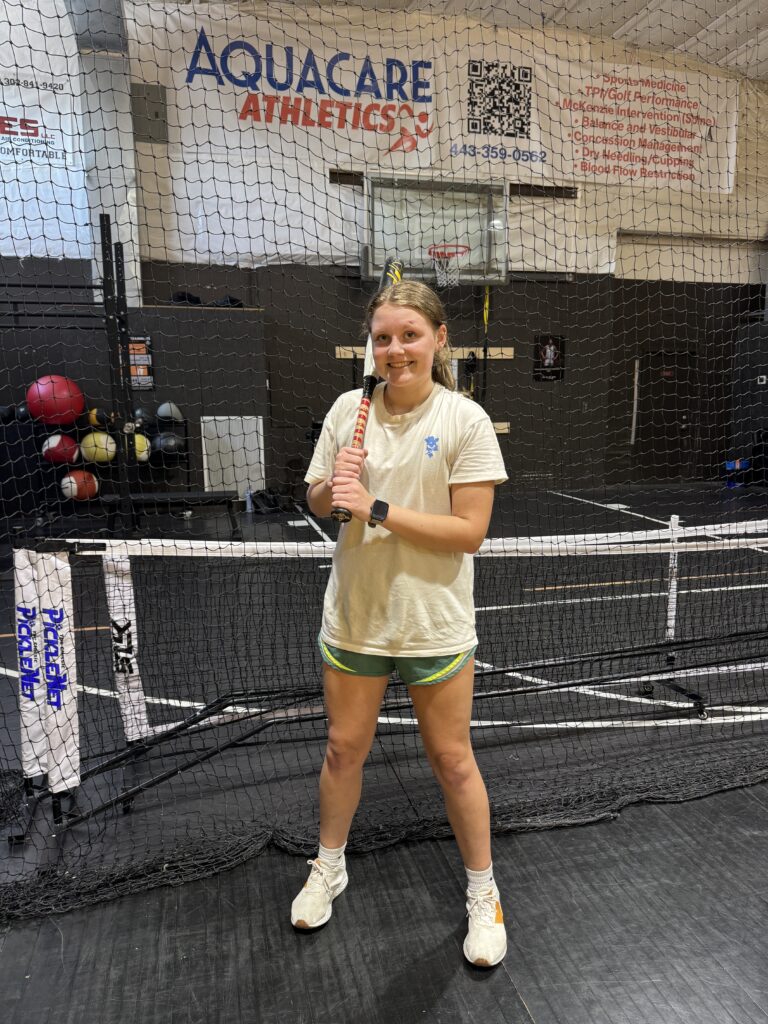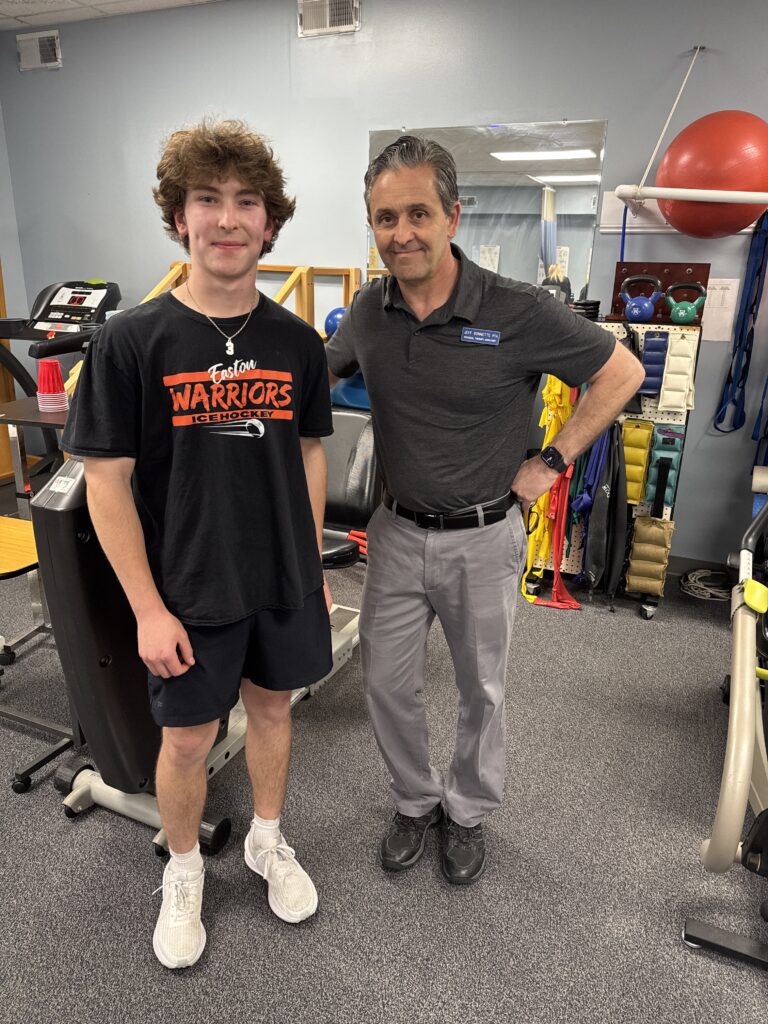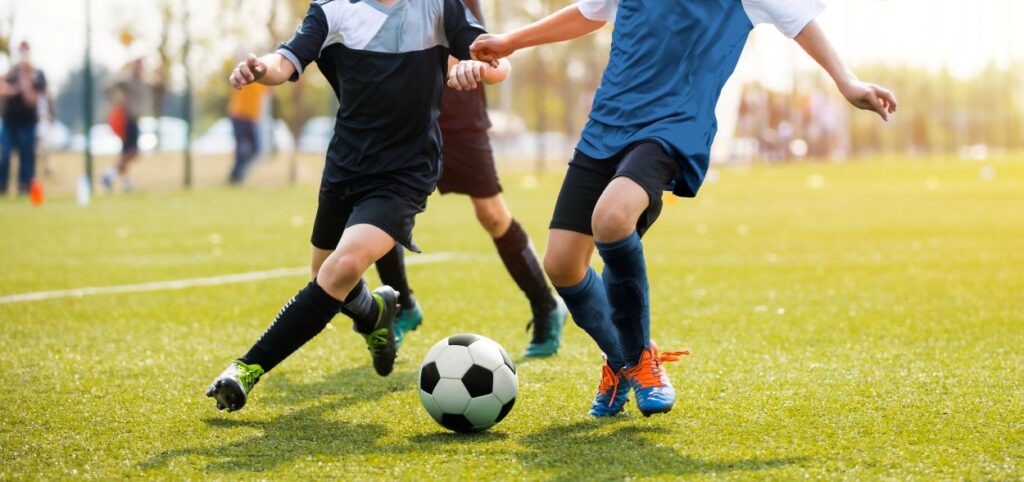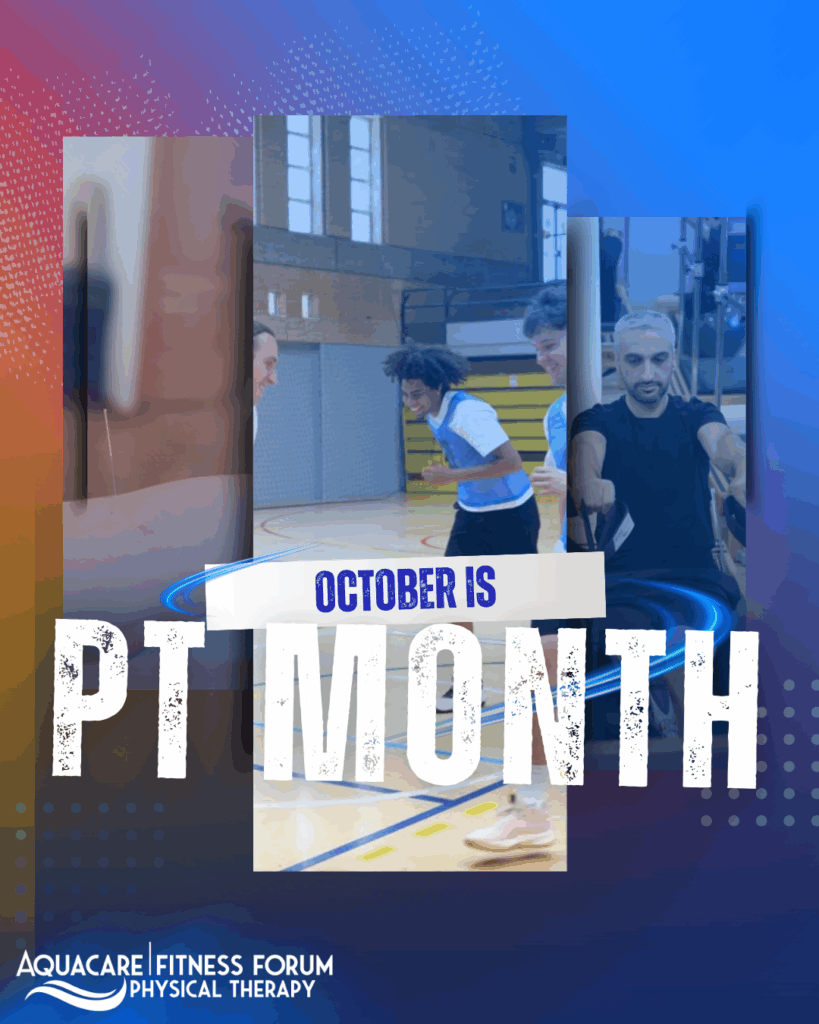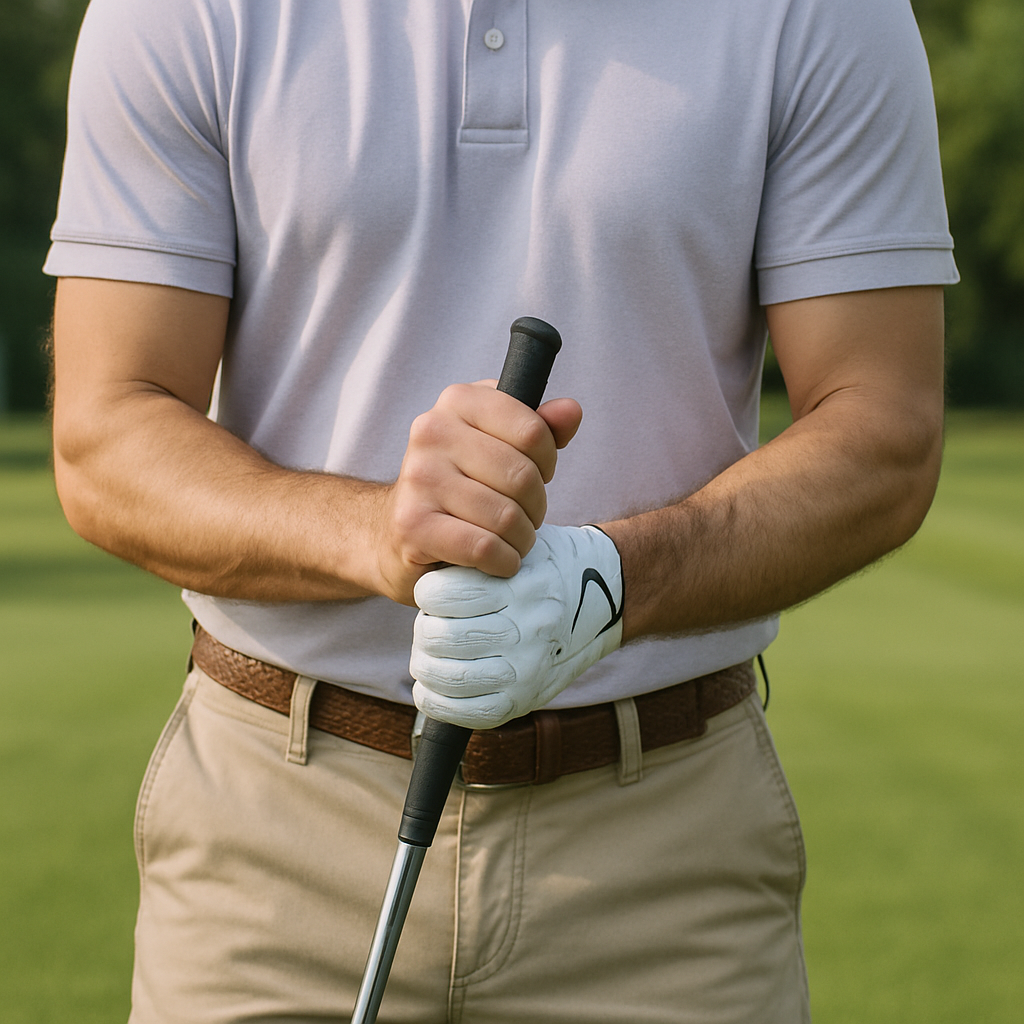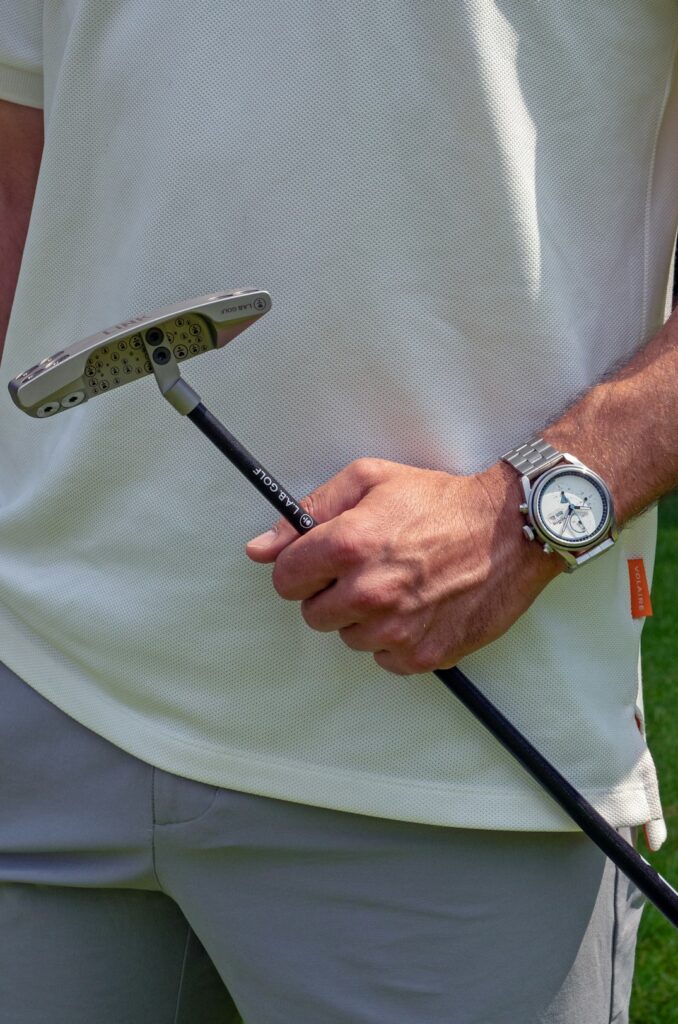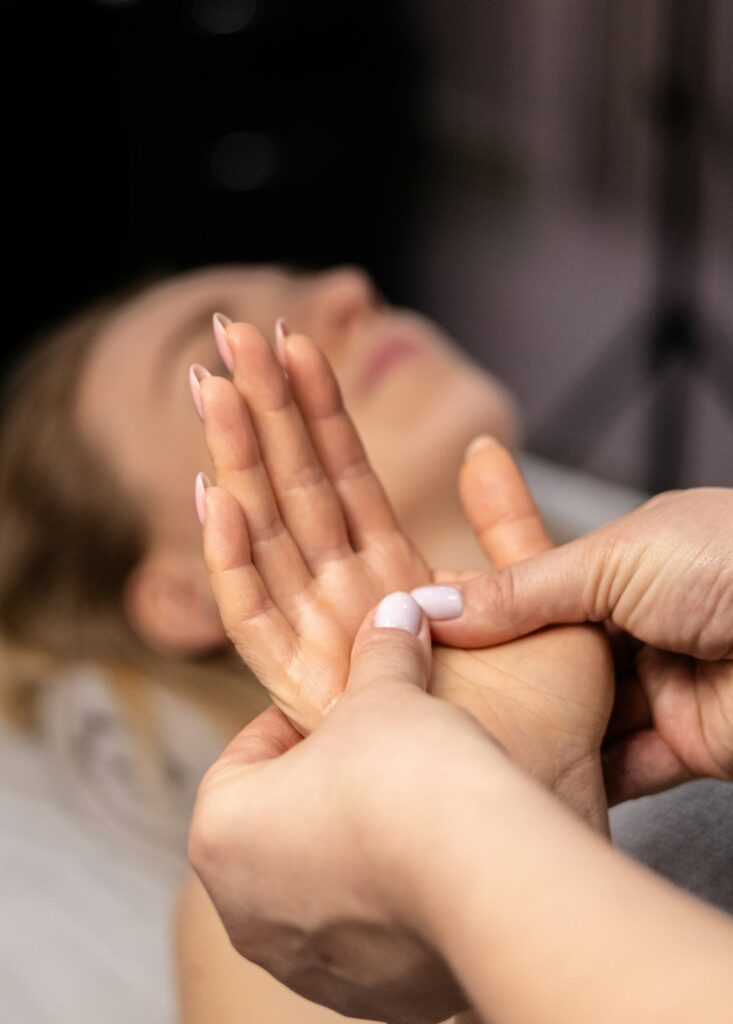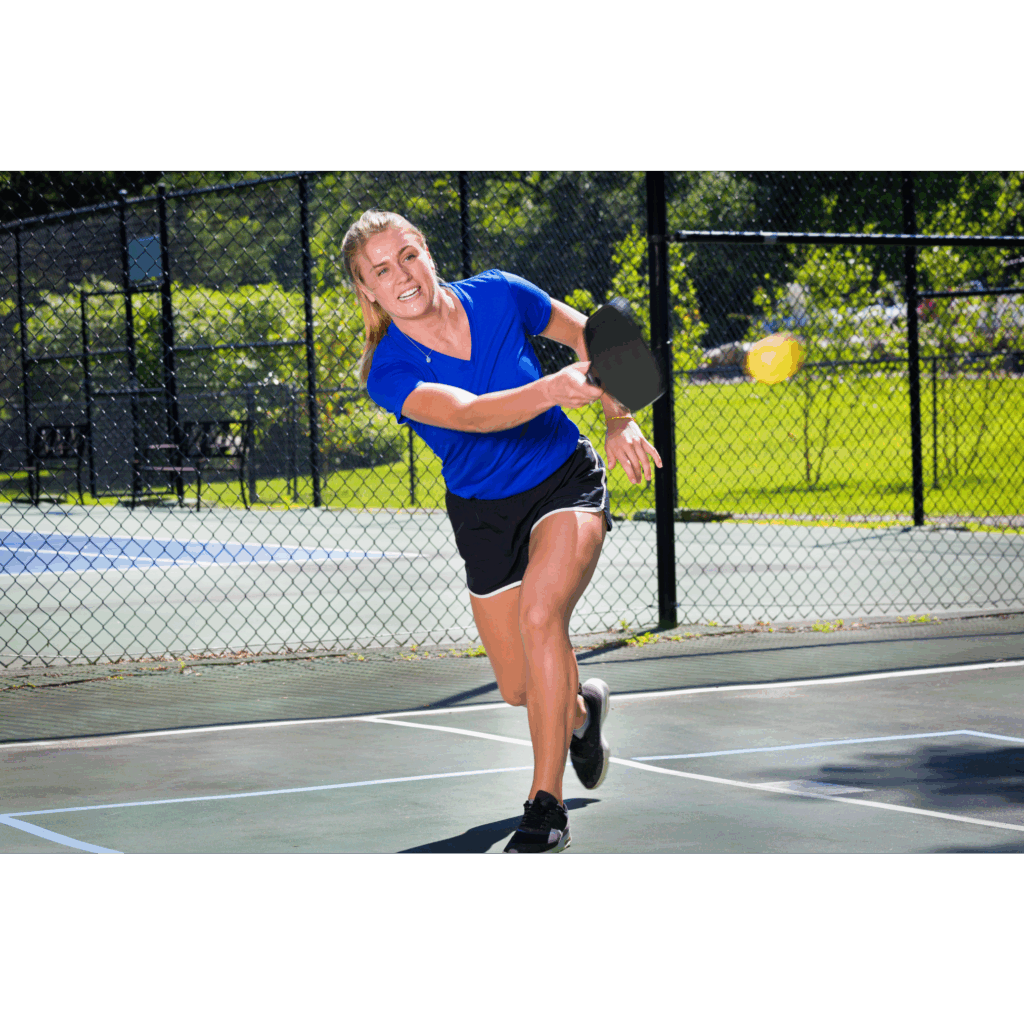
Navigating Pickleball Injuries From Strains to Surgery

Pickleball is a thrilling sport enjoyed by people of all ages, but like any physical activity, it comes with its share of risks. From minor strains to serious fractures requiring surgery, pickleball injuries can put a damper on your game and even sideline you from play.
Let’s delve into some of the most common pickleball injuries and how you can stay safe on the court.
Strains and Sprains: The Nuisance Injuries
At the milder end of the spectrum are strains and sprains, which can occur from sudden movements, overexertion, or improper form. These injuries typically affect muscles, tendons, and ligaments, causing pain, swelling, and limited mobility. While they may not be as severe as fractures, strains and sprains can still hinder your pickleball performance and require rest and rehabilitation.
Fractured Wrists: A Painful Setback
Fractured wrists are among the more serious injuries pickleball players may encounter. A fall onto an outstretched hand or a direct impact can result in a fractured wrist, causing intense pain and limited hand and wrist mobility. In some cases, surgery may be necessary to realign the bones and promote healing, followed by extensive rehabilitation to regain strength and function.
Aquacare has pickleball specialists who can walk you through mobility exercises and ways to regain strength and function. Get in touch:
Broken Ankles: The Unexpected Twist
Ankle injuries are all too common in sports, including pickleball. A sudden twist, turn, or awkward landing can lead to a broken ankle, characterized by severe pain, swelling, and difficulty bearing weight on the affected leg. Depending on the severity of the fracture, treatment may involve immobilization, surgery, and extensive physical therapy to facilitate recovery and prevent long-term complications.
Orthopedic Surgery for Hip Injuries: A Last Resort
While less common, hip injuries can occur in pickleball, particularly among older players or those with pre-existing hip conditions. Fractures of the hip joint can be debilitating, requiring surgical intervention to repair the damage and restore mobility. Recovery from hip surgery can be lengthy and challenging, often involving a combination of physical therapy, assistive devices, and lifestyle modifications.
Preventing Pickleball Injuries: The Role of Physical Therapy
Now, you might be wondering: how can I avoid becoming another statistic in the world of pickleball injuries? The answer lies in proactive injury prevention strategies, with physical therapy playing a crucial role.
Physical therapists specialize in assessing movement patterns, identifying weaknesses, and developing personalized exercise programs to address muscle imbalances and improve overall strength and flexibility. By incorporating targeted exercises and stretches into your routine, you can reduce your risk of injury and enhance your performance on the pickleball court.
According to recent statistics, the popularity of pickleball has surged in recent years, with millions of players worldwide. Alongside this growth, there has been a notable increase in pickleball-related injuries, particularly among older adults and those new to the sport.
However, by taking proactive measures such as proper warm-up and cool-down routines, wearing appropriate footwear and protective gear, and seeking guidance from a qualified physical therapist, you can enjoy pickleball safely and minimize your risk of injury.
While pickleball injuries are a reality, they don’t have to be inevitable. With the right precautions and proactive approach to injury prevention, you can continue to enjoy this exciting sport for years to come, injury-free and ready to conquer the court!
Already have an injury? Or concerned a pain may turn into an injury? We can help! Call the Aquacare location nearest you or Request an Appointment online here.

